Musée d'Orsay acquires five works by Impressionist Caillebotte, donated by his butler's niece
A big blow for the Musée d’Orsay in Paris, the great “temple” of the Impressionists, which through a donation acquires five new works by the great painter Gustave Caillebotte (Paris, 1848 - Gennevilliers, 1894), one of the major Impressionist painters (<a href=“/407n_why-gustave-caillebotte-not-and-famous-like-the-others-<a href=”https://www.finestresullarte.info/art-base/impressionists-who-were-principal-artists-impressionism“>impressionists</a>.php” target=“_blank”>at this link an in-depth look at his art). These are pieces bequeathed by a woman living in Levallois-Perret, in the Hauts-de-Seine department (near Paris), virtually unknown to the art world, but in possession of three paintings and two pastels by Caillebotte. The bequest almost doubles the endowment of Caillebotte’s works in Orsay (there were a total of seven in the Paris museum).
Mrs. Marie-Jeanne Daurelle (this is the name of the donor), born in 1935, passed away at the end of 2018, and she was by no means a collector: the works of Caillebotte were, according to French press reports, the only works of art she had in her home, and they came into her possession practically by chance: two are portraits of her great-grandfather, Jean Daurelle, who was Caillebotte’s butler for a long time. The two pastels, on the other hand, represent Camille, Jean’s son and Mrs. Daurelle’s grandfather. These are works that have always remained in the possession of the Daurelle family. Marie-Jeanne was the last heir: she lived together with her brother Jean-Louis and both passed away without children. The will to donate the works to the Musée d’Orsay was clearly expressed in her will.
So in January of this year, museum staff went to the apartment to inventory the works. “It was one of the most emotional moments of my career,” art historian Sylvie Patry, head of Impressionist painting at the Musée d’Orsay, told Le Parisien newspaper. “Everything was closed, the shutters were down, but you could still feel the presence of Mrs. Daurelle’s whole life. After I opened the windows, the light came in and I discovered three paintings in the living room and two pastels in the room, with the television beside them, above the radiator. The contrast between these works and the very simple everyday life, between the paintings and ordinary furniture, was very moving.”
“In our museum consecrated to the 19th century,” said Musée d’Orsay director Laurence des Cars, on the other hand, “there are still direct links with the artists. This expresses remoteness, but also closeness. There is still a thread that binds. And it is so touching.” Contacts between the museum and Ms. Daurelle had begun long ago, however: as early as the 1990s, the donor had contact with Musée d’Orsay staff, especially following the major retrospective that the Grand Palais in Paris devoted to Caillebotte in 1994. And it emerged that the painter had donated the works to Butler. Mrs. Daurelle, moreover, never wanted to sell the works, despite their great value and very high economic value (partly because Caillebotte was not a very prolific artist). Of course, they were still well-known works, because Ms. Daurelle lent them on occasions of exhibitions: for example, an exhibition in London in 1996 and another in Lausanne in 2005, occasions during which dealers came forward to propose a sale, but she never relented. Above all, she never put herself on display: with great modesty, she never wanted to be part of the art world. A modesty combined with a great civic sense, the one that has enabled the Musée d’Orsay to enrich its collection of works by Caillebotte in an extraordinary way.
In addition to the four portraits, an Arbre en fleur (“Tree in Bloom”) also comes to the museum. The two pastels, both dated 1877, were exhibited at the 1880 Impressionist exhibition and, as mentioned, both depict the young Camille Daurelle. In one of the two, the child is depicted in the park of Yerres, the estate of Caillebotte (who came from a family of wealthy landowners and never had the need to paint for a living because he worked in the family business by trade). Jean Daurelle’s portraits, on the other hand, are about ten years later (one is from about 1885, the other from 1887). Finally, L’Arbre en fleur, a work from 1882, is one of the earliest made in Yerres. Below are images of the five works, all of which were presented to the public for the first time yesterday, Monday, September 2, 2019.
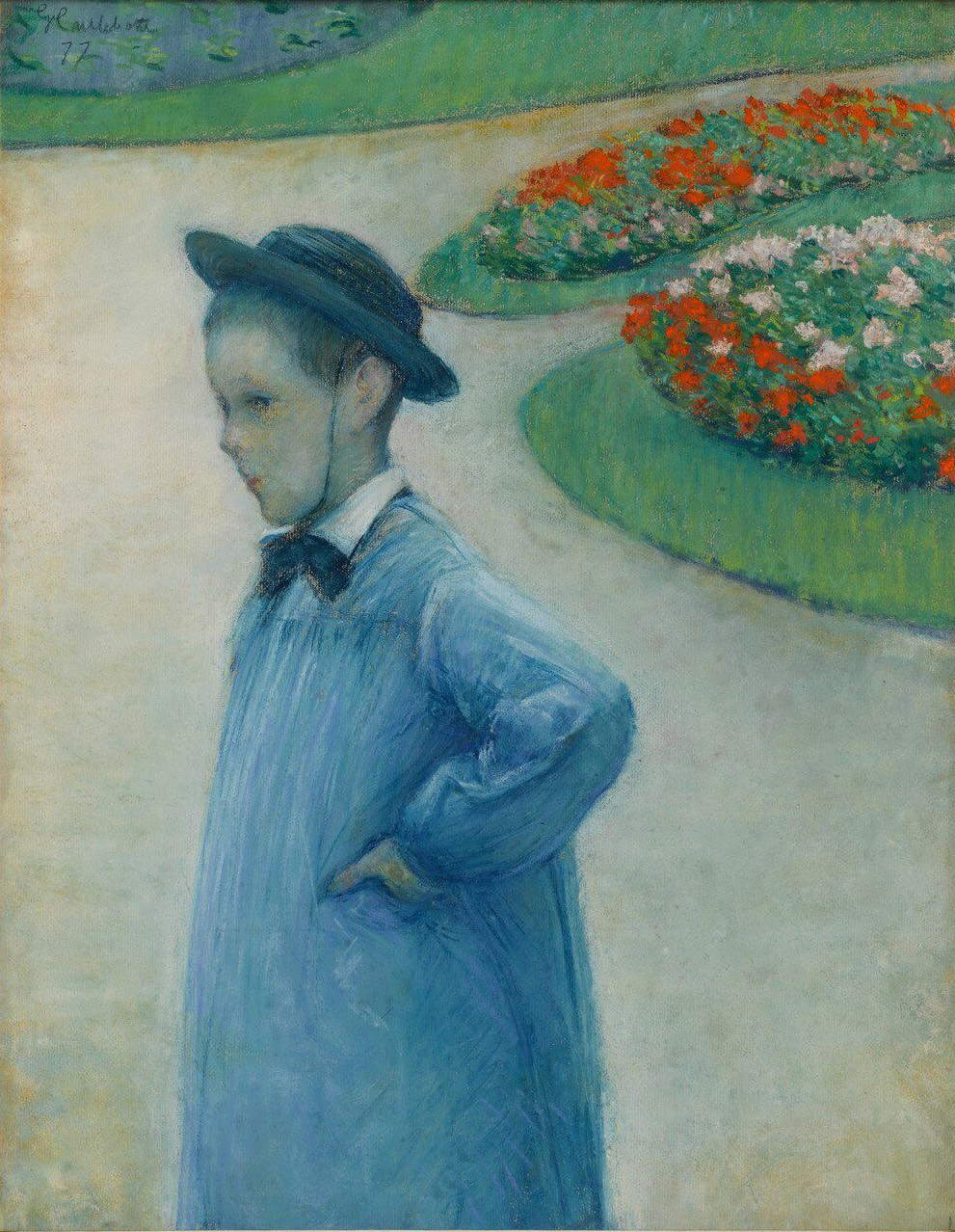 |
| Gustave Caillebotte, Portrait of Camille Daurelle in the Park of Yerres (1877; pastel, 73 x 60 cm; Paris, Musée d’Orsay) |
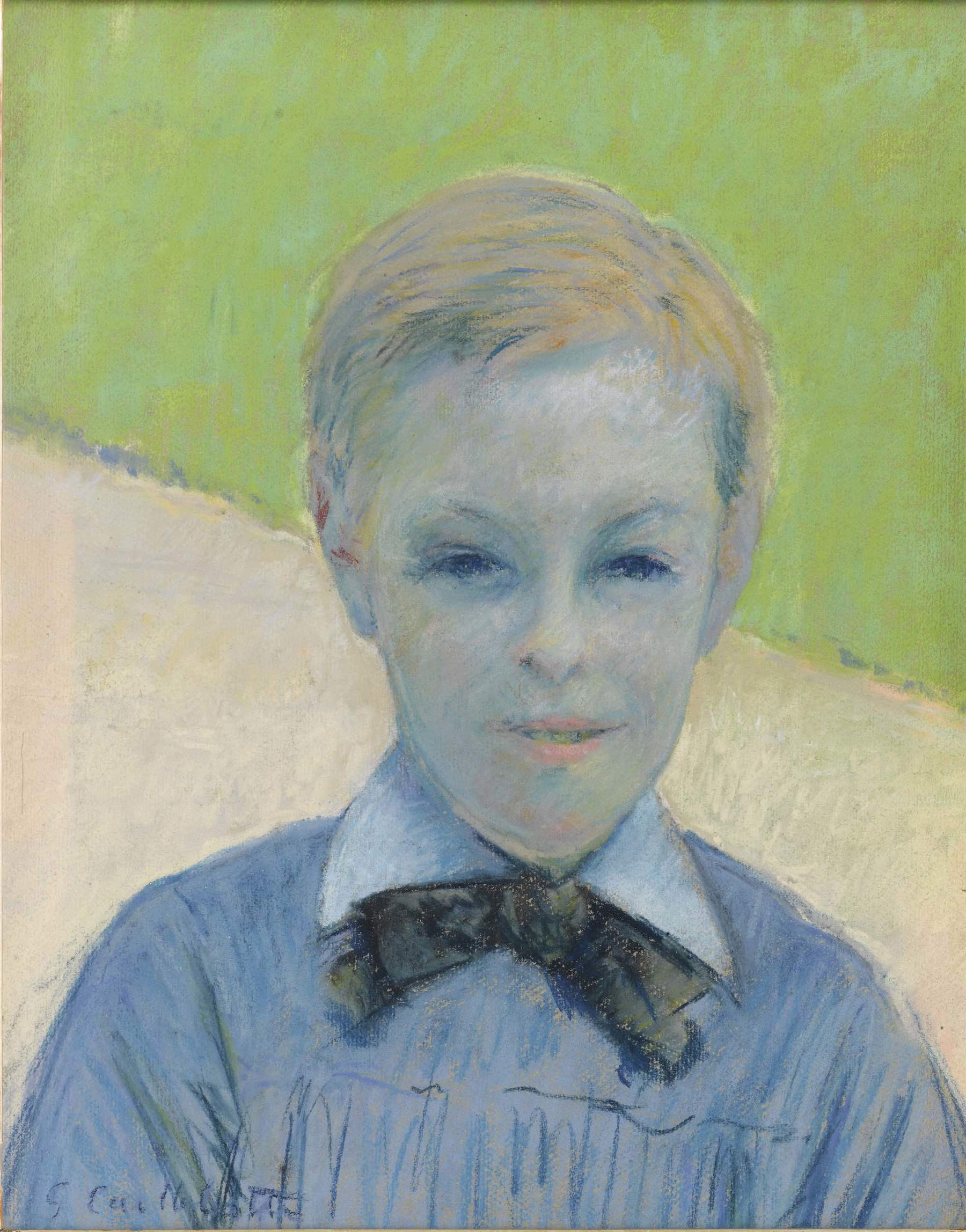 |
| Gustave Caillebotte, Portrait of Camille Daurelle (1877; pastel, 40 x 32 cm; Paris, Musée d’Orsay) |
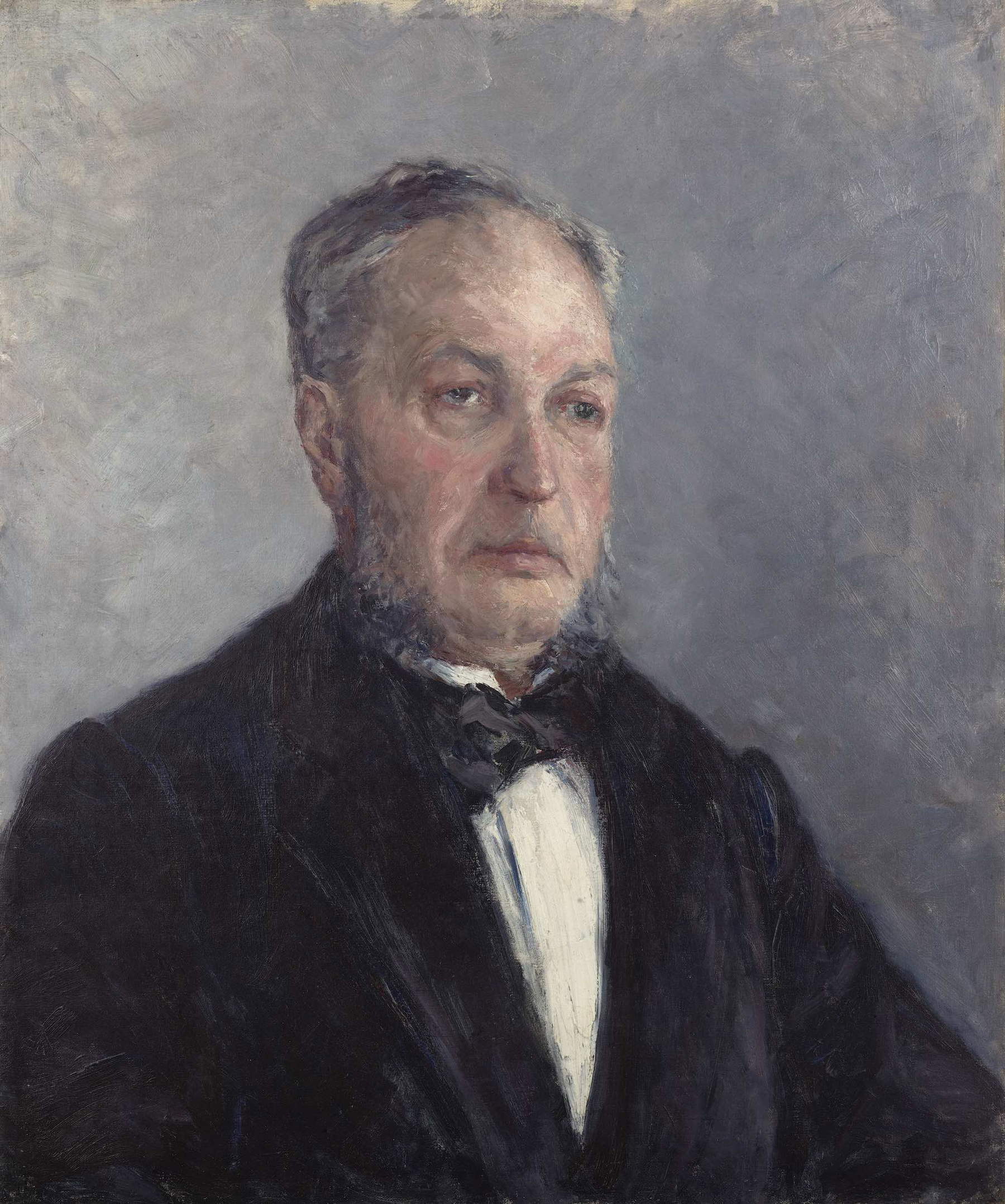 |
| Gustave Caillebotte, Portrait of Jean Daurelle (c. 1885; oil on canvas, 65.4 x 54.4 cm; Paris, Musée d’Orsay) |
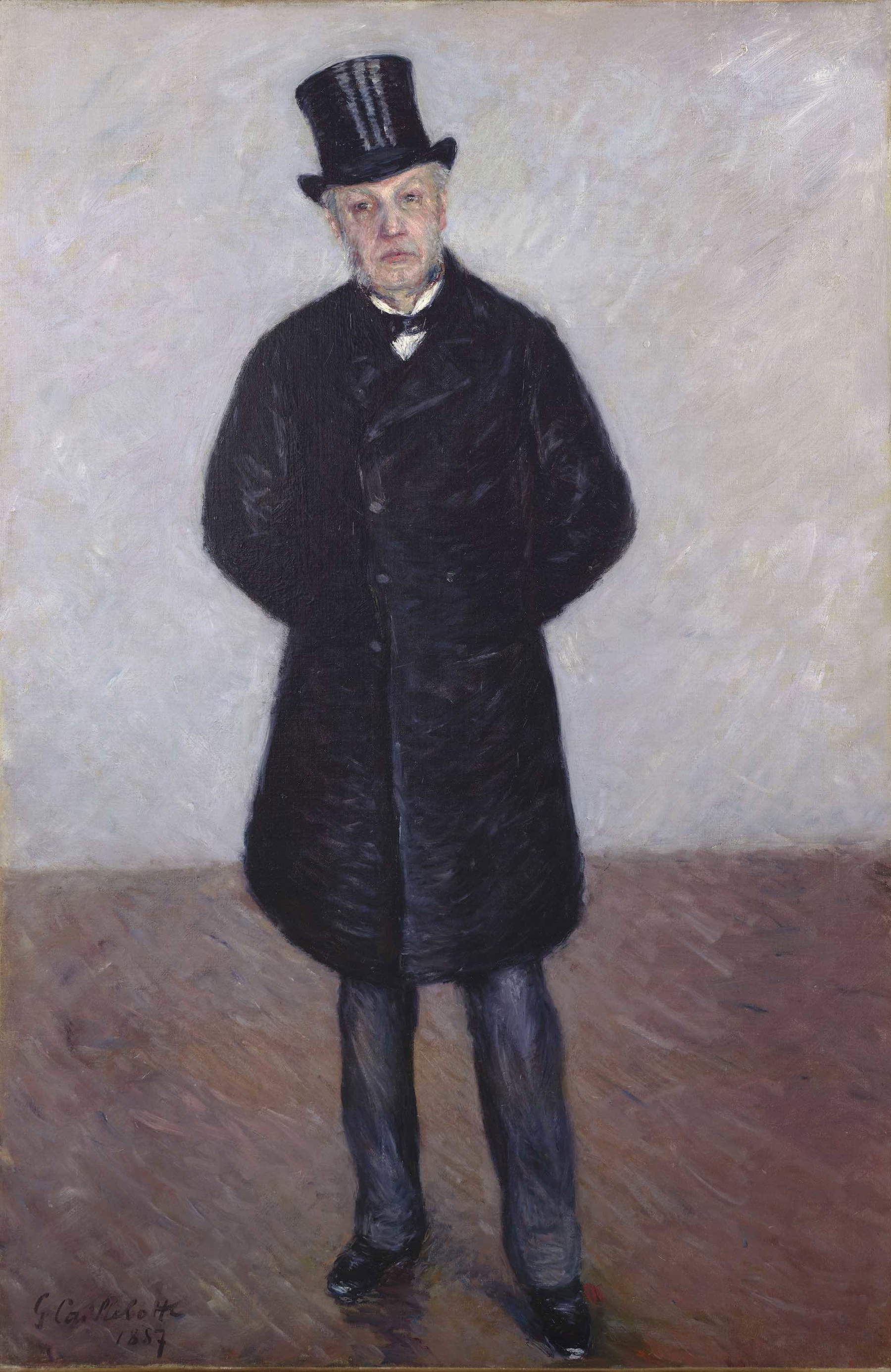 |
| Gustave Caillebotte, Portrait of Jean Daurelle (1887; oil on canvas, 75.7 x 46.7 cm; Paris, Musée d’Orsay) |
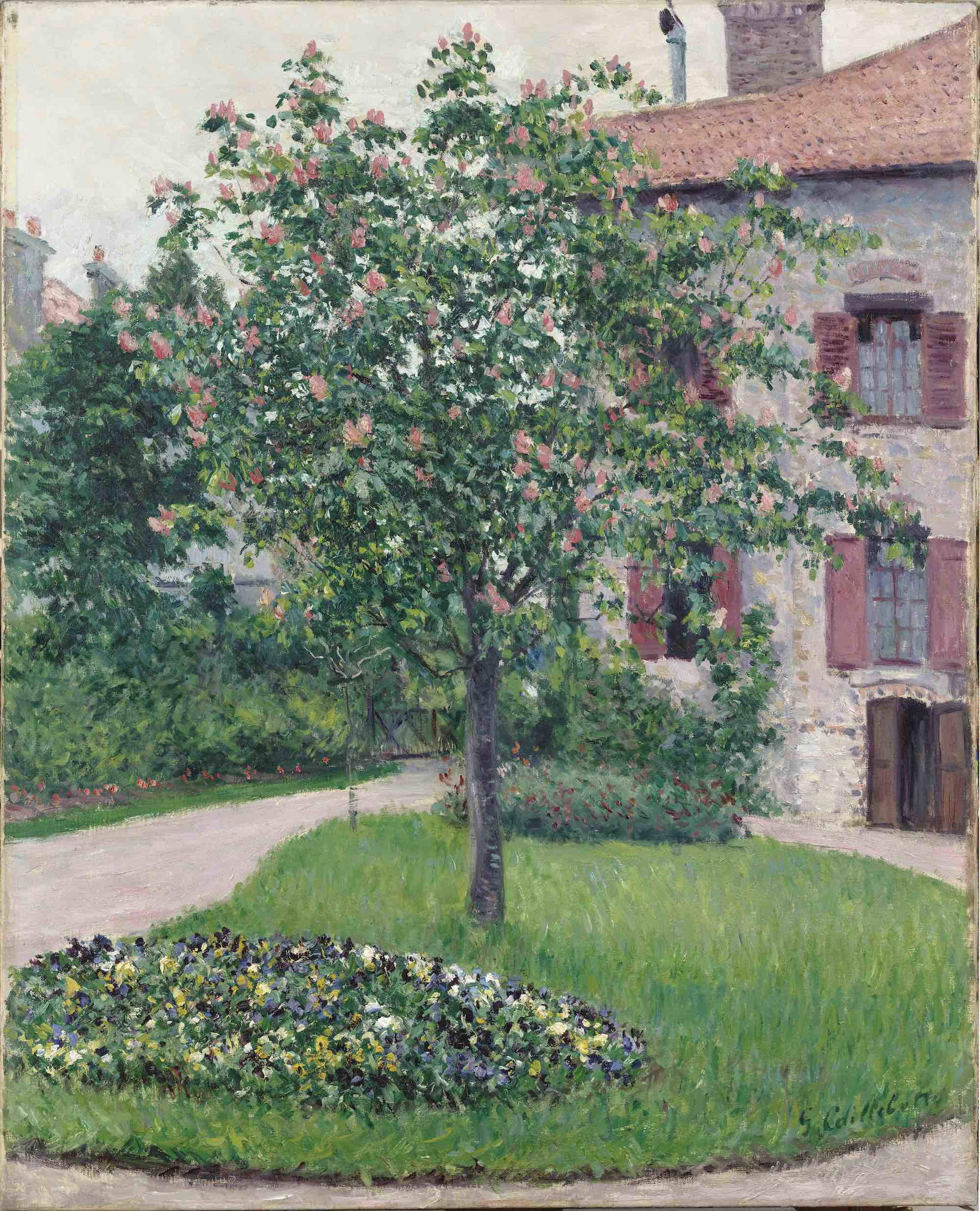 |
| Gustave Caillebotte, Tree in Bloom (1882; oil on canvas, 80 x 65 cm; Paris, Musée d’Orsay) |
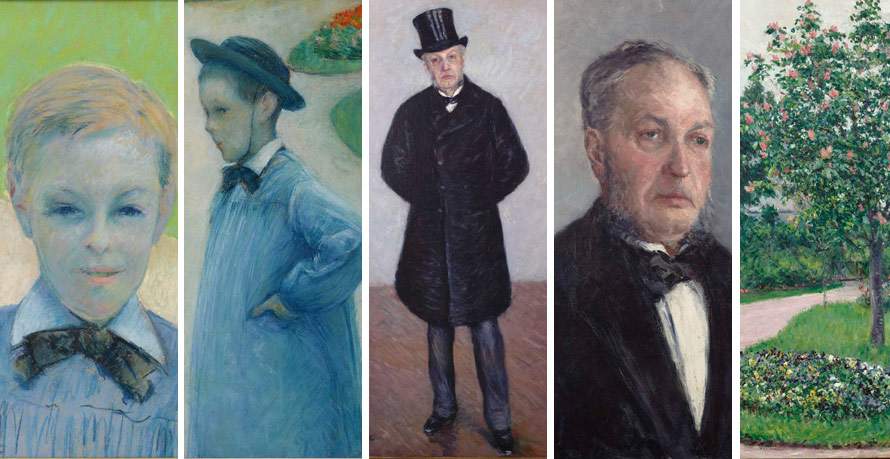 |
| Musée d'Orsay acquires five works by Impressionist Caillebotte, donated by his butler's niece |
Warning: the translation into English of the original Italian article was created using automatic tools. We undertake to review all articles, but we do not guarantee the total absence of inaccuracies in the translation due to the program. You can find the original by clicking on the ITA button. If you find any mistake,please contact us.




























